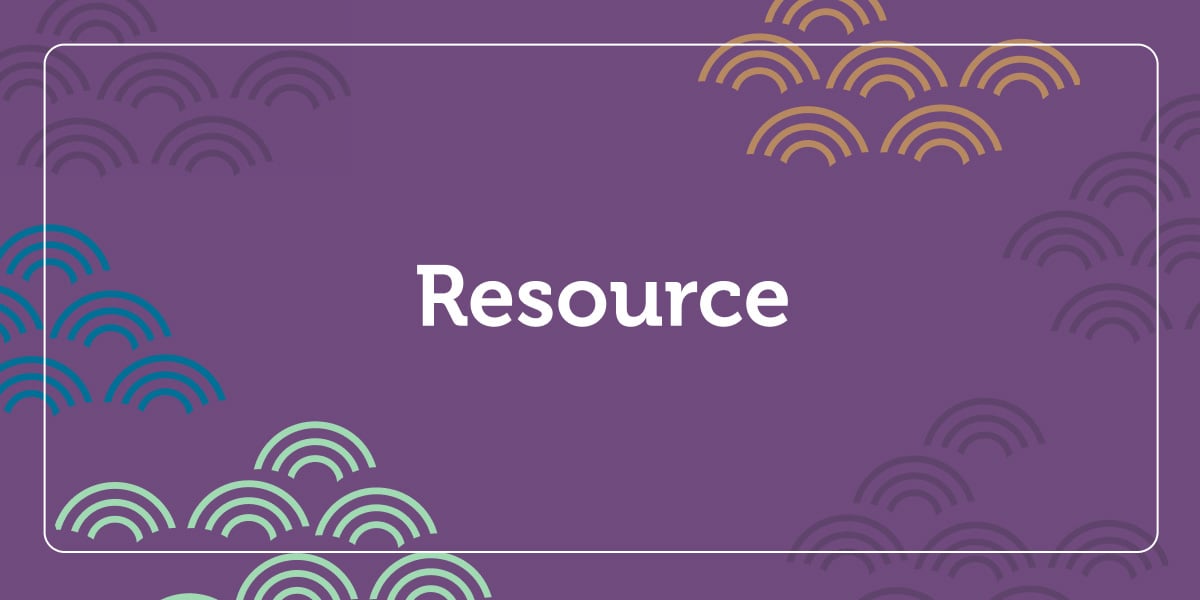Snow is magical! Ask any preschooler what they think of the fluffy white stuff, and the reaction will be almost one hundred percent positive. There’s just something about snow that captures the imagination of young children. It’s a type of weather they can see and hold in their hand, and it’s pretty to look at as well. That’s why the snow is a perfect medium for preschool science experiments.

Snow is magical! Ask any preschooler what they think of the fluffy white stuff, and the reaction will be almost one hundred percent positive. There’s just something about snow that captures the imagination of young children. It’s a type of weather they can see and hold in their hand, and it’s pretty to look at as well. That’s why the snow is a perfect medium for preschool science experiments.
Winter science activities are usually limited to what can be done indoors. After all, there are no new sprouts on the ground or falling leaves to instigate discussions on growth and change, and it takes a lot longer to watch something freeze than it does to watch it melt in the summer. But experimenting with snow brings so many scientific topics up for discussion, from physics to thermodynamics to meteorology. Kathy Charner’s book Learn Every Day about Seasons has numerous winter science experiments that put snow front and center. Here are a few activities to get your class outside and experimenting!
Snowball in a Jar
Materials:
- A large, clear jar or Tupperware container
- Some snow
Experiment:
- Talk to the children about snow and how it’s made of water. Have a child scoop a small bit of snow in their hand and watch as it melts into liquid. Let the other children see/ try it as well
- Next, explain how sometimes water freezes in different ways. Have the children describe how the snow looks and feels. What color is it? Is it soft?
- Explain to the children that you’re going to experiment with melting and re-freezing the snow. Have one of the children go outside and make a snowball that will fit inside the jar. Place the snowball inside the jar and put it somewhere inside the warm classroom. Check back with it after an hour or so to see if it has melted
- At recess, have the children take the jar back outside with them. Ask them if they think the water will turn back into snow when it is re-frozen. If you want, tally up their answers on a chart inside the classroom
- At the end of recess, reexamine the “snow ball.” Were the children’s hypotheses correct? Why do they think the water turned into an ice cube instead of snow? How is the ice cube different from snow?
Temperature Changes
Materials:
- An easy to read thermometer
- A calendar
- The weather forecast
Experiment:
- Keep track of the weather forecast until there is a week when snow is predicted. Begin a few days before the snow is scheduled to come
- Talk with the children about the weather and how cold the air needs to be for it to snow. If you want, make it into a lesson on melting / freezing points
- Have a child go out each day and measure the temperature of the air. Write that temperature on the calendar and ask if the children think it will snow
- On the day it starts to snow, measure the temperature when the flakes begin to fall (if you are in class at that time). Talk to the children about the weather and why it is snowing today instead of the days beforehand
Snowball Avalanche!
Materials:
Experiment:
- Explain the concept of gravity in the classroom. Let children experiment with different sized toy cars on a ramp inside. What do they notice about how the cars move? Do the heavier cars go down the ramp faster?
- Take the children outside and have them start to make snowballs. Encourage them to make snowballs of all different sizes
- Ask them which snowballs they think will roll the fastest. How do they know?
- Go over to a hill or ramp—(slide, wheelchair ramp, etc.)—and tell the children their snowballs are going to race. Place different sized snowballs at the top two at a time. Roll them and see which ones reach the bottom first
- Explain that because bigger snowballs weigh more, they go down the ramp faster. Encourage the children to keep experimenting until it is time to go inside
Top-Heavy Snowman
Materials:
Experiment:
- Take the children outside and tell them they are going to build a snowman! Make three snowballs of various sizes: small (hand-sized), medium (cantaloupe-sized), and large (basketball-sized)
- Begin to make the snowman by putting the small snowball on the bottom. Then try to stack the bigger snowball on top. When the bigger snowball falls off, ask the children why they think it is not working
- Take suggestions from the children on how to build the snowman. Keep redoing it until the snowballs are stacked in the proper order—large at the bottom, medium in the middle, and small on top
- Explain that to have a sturdy snowman, the bottom has to be the biggest part. Talk to the children about building and then let them make their own snowmen!


